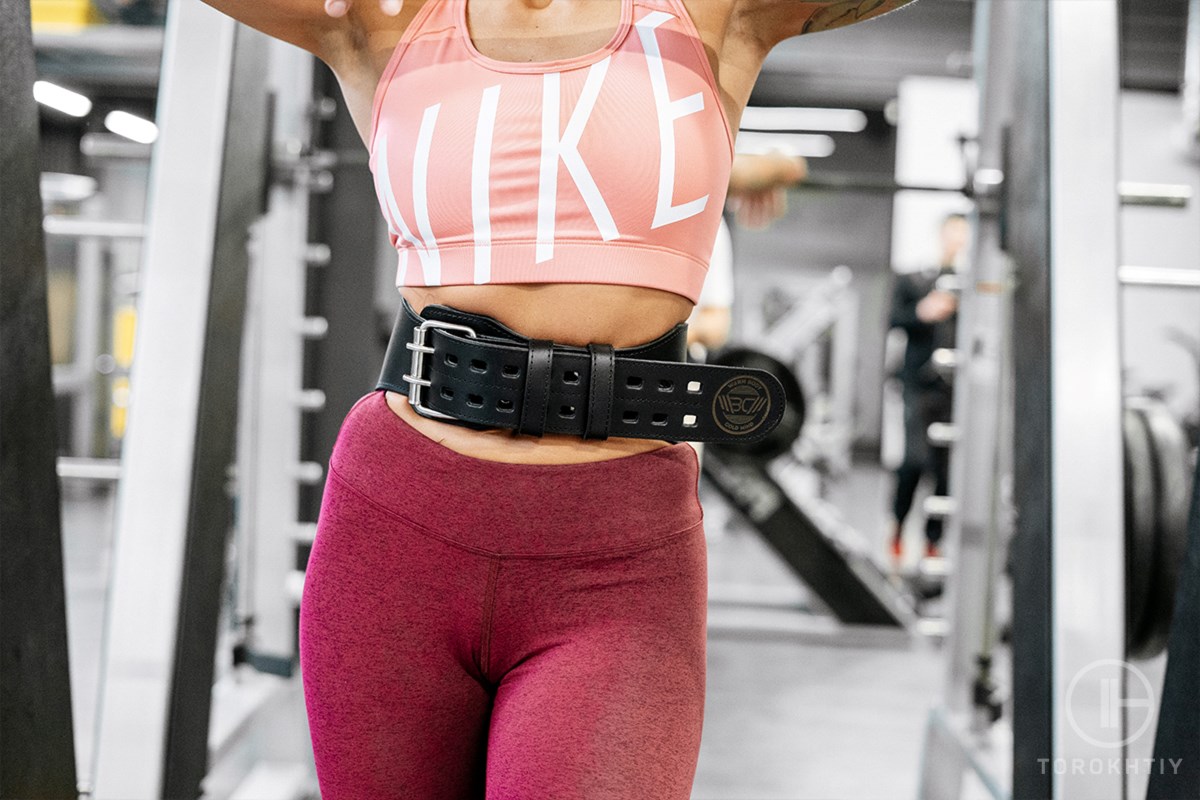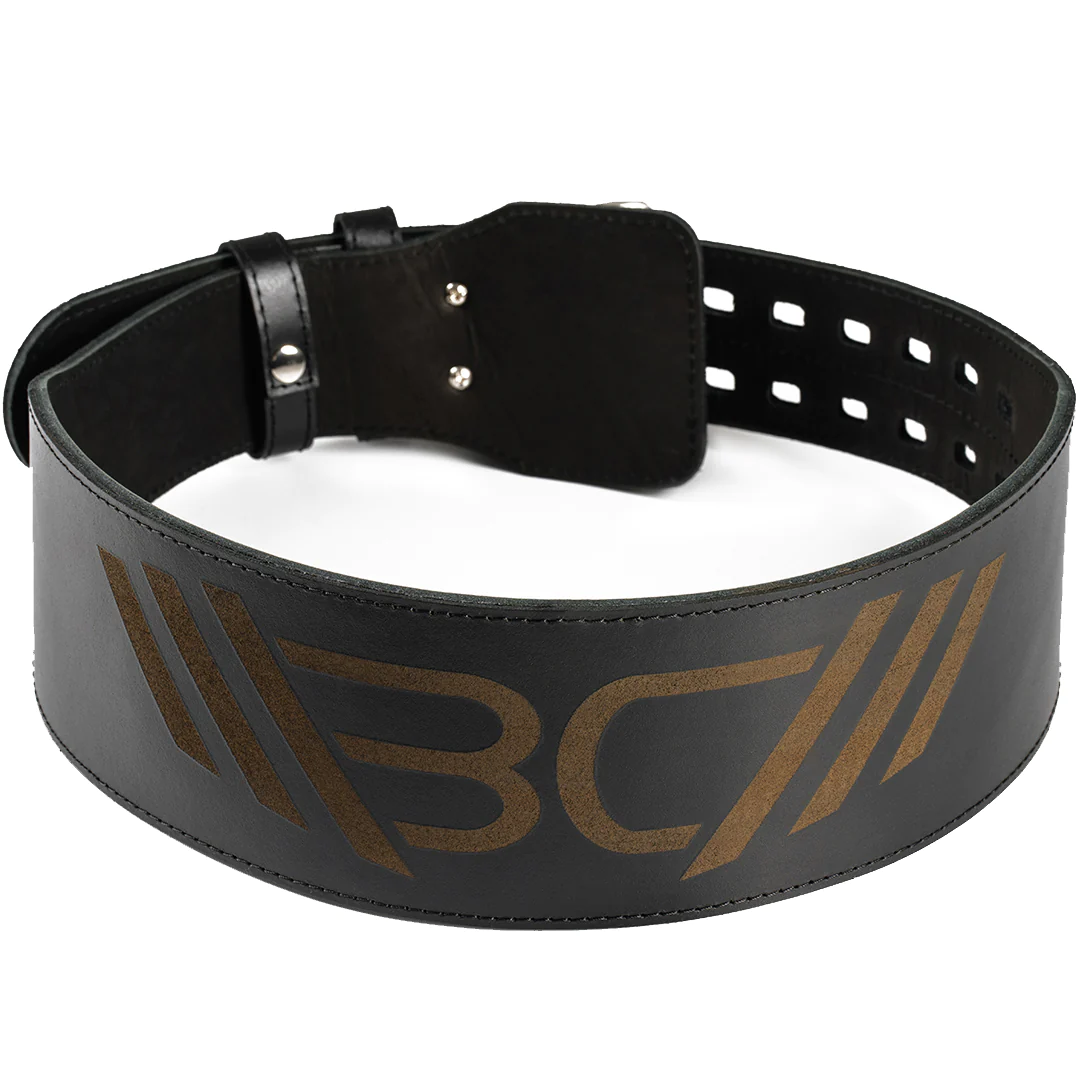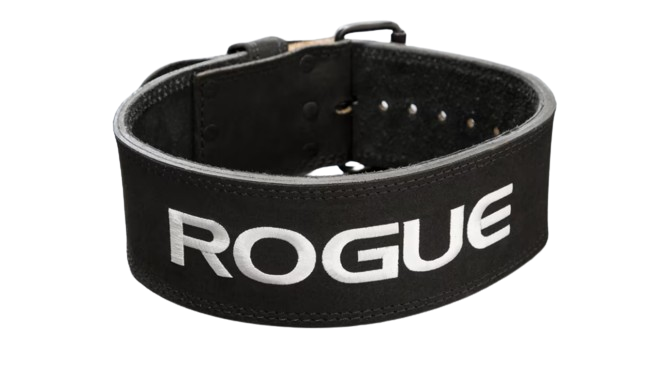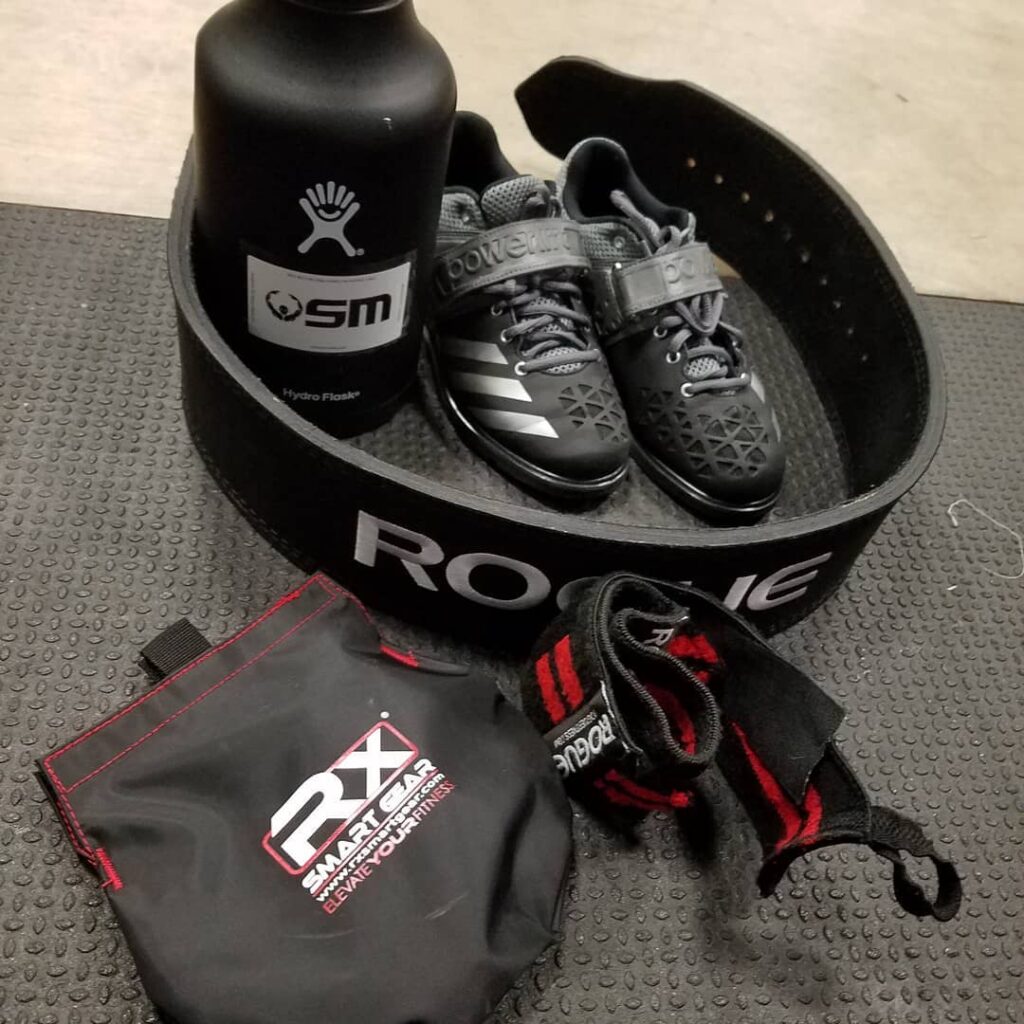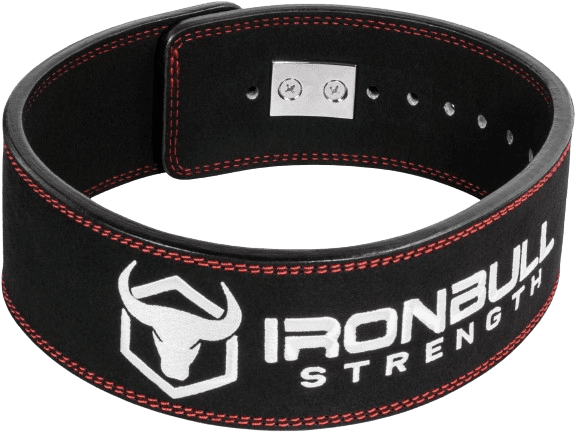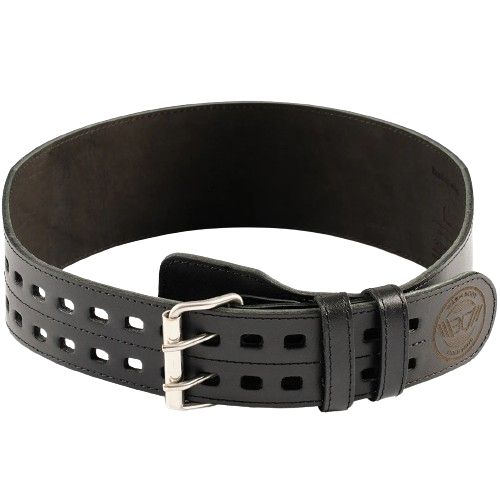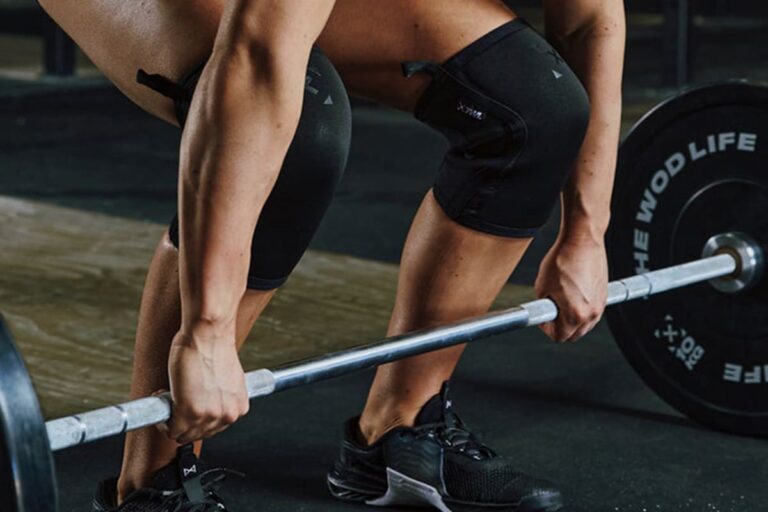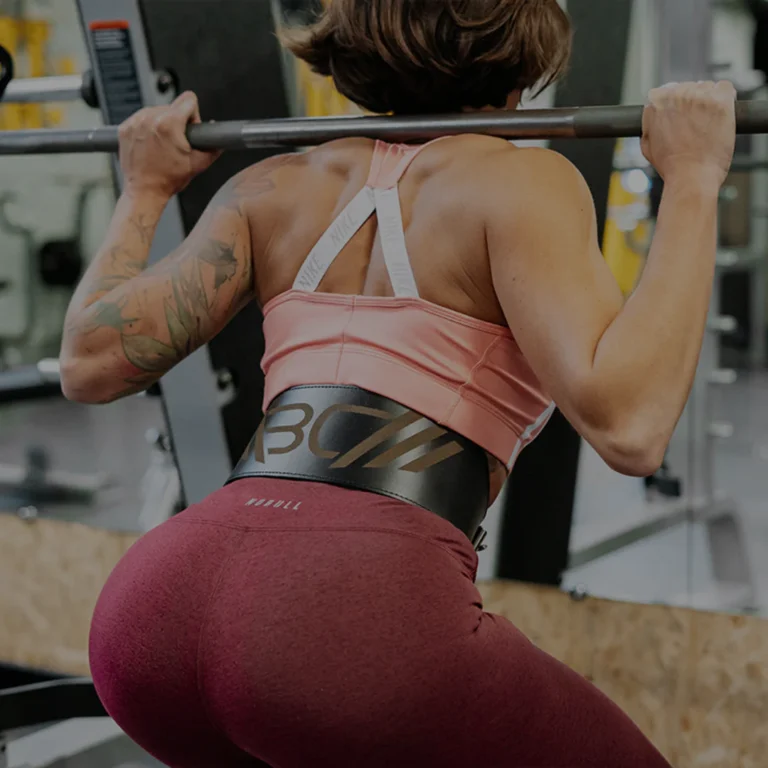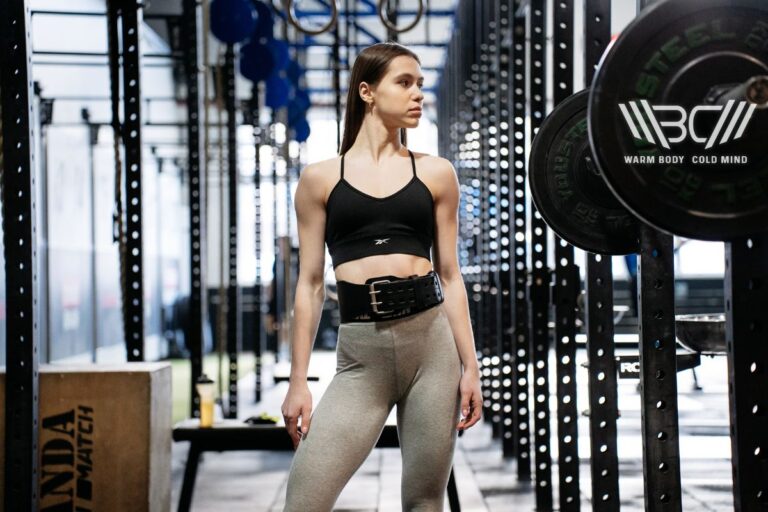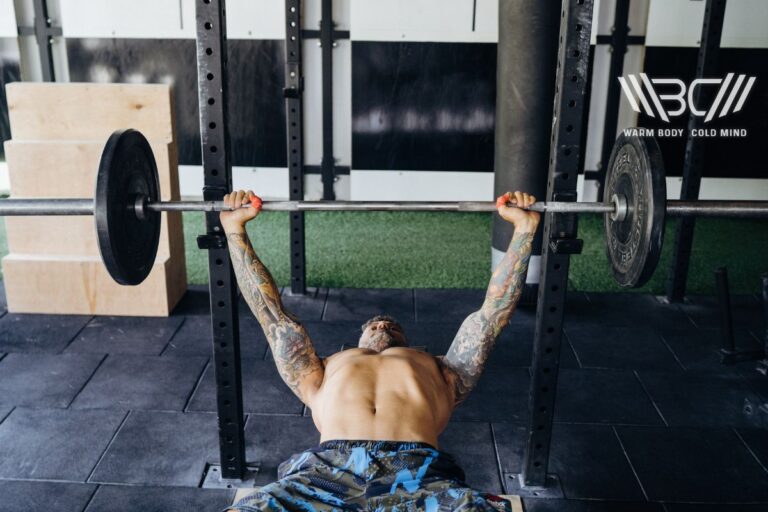10mm vs 13mm Belt: Choosing the Right Fit
10mm vs 13mm belt… What’s the deal with such a small difference in thickness? We’re talking of only 3mm. Can it really change anything? The answer to this question is – absolutely. These (seemingly tiny) 3mm can impact your comfort and performance in a quite significant way.
You’re probably wondering which one is better, but there’s no simple answer to this question. Finding the one that works for you is better, and that’s the tricky part. One is more flexible and comfortable, the other might be more suitable for dynamic movements or for those whose priority is agility. The best way is to try and test out both until you find what works best for you.
But not everyone has the ability or opportunity to invest the resources in order to get a clear picture on the matter.
What is the difference between a 10mm vs 13mm belt? – A 10mm belt is more flexible and comfortable, while the 13mm is thicker, stiffer, and gives more support for heavy lifts.
Don’t worry though, we won’t just scratch the surface – this article goes into depth to compare these two, so making a choice will be much easier.
Let’s deep-dive into weightlifting belt thickness!
Belt Thickness Explained
Believe it or not, weight lifting belt thickness really needs explaining because different thicknesses suit different people and exercises. Thickness plays a big role when it comes to stability and support, and it influences how lifters feel during lifting.
There are multiple different lifting belt thicknesses available on the market: 4m, 6mm, 10mm, 13mm, and others. By far, the most popular one is the 10mm belt, as it is most often used in both powerlifting and Olympic lifting.
In this article, we’ll focus solely on the 10mm belts and the 13mm belts and compare both.
We can take a leather-made weightlifting belt as an example in order to explain belt thickness (but the same applies to nylon belts as well, just the materials used will be different). Let’s first see what the leather belt is made out of:
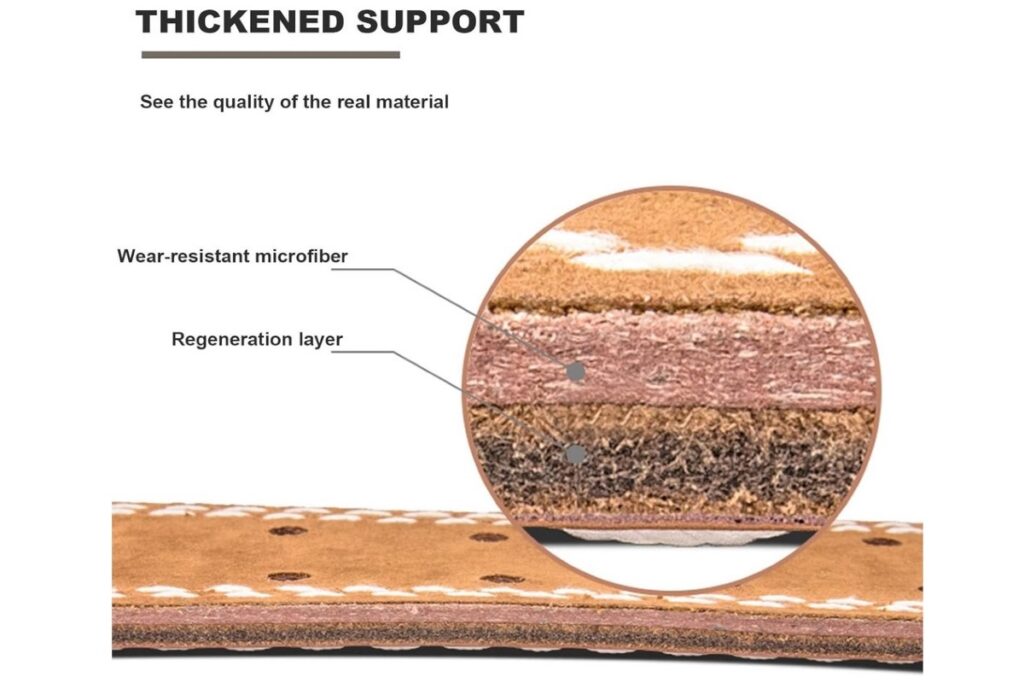
The above picture displays a leather 10mm belt that consists of a compound cowhide layer, a tear-resistant layer and a microfiber layer. A 13mm belt would have an additional layer of the same materials to add to get the extra needed 3 mm.
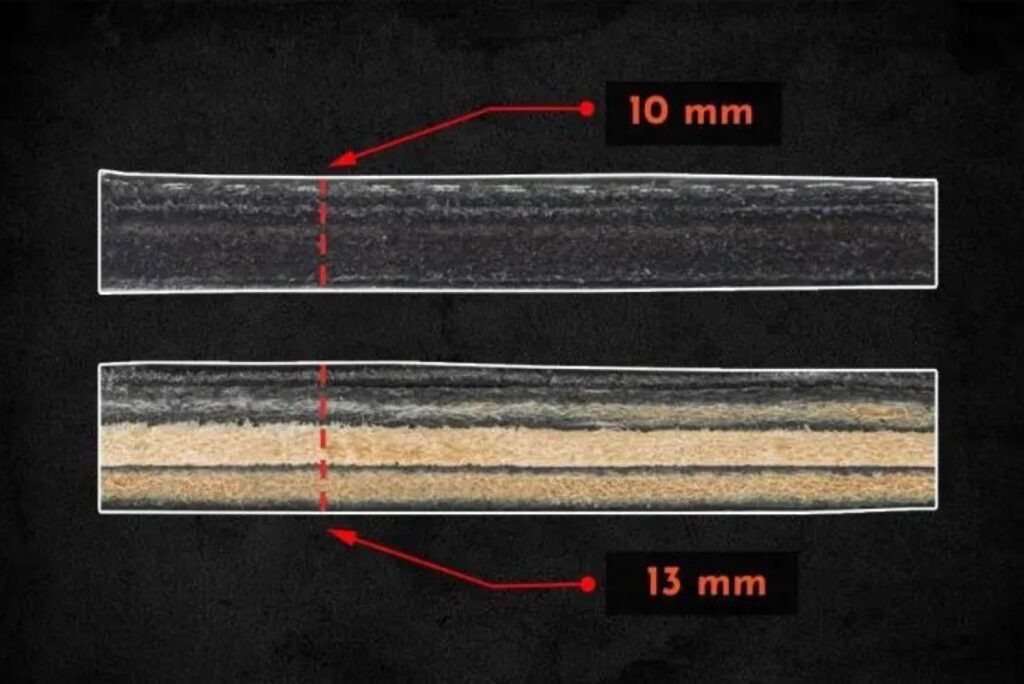
Keep in mind that the materials may vary depending on the brand and the manufacturing process. But the building process is generally the same.
A thinner belt is more flexible compared to a thicker one and this impacts overall rigidity and support that you get around your midsection. Thicker belts give substantial support to the lower back and core and they’re a preferred choice for powerlifting due to the greater sense of stability. Thinner ones, on the other hand, may offer a bit more freedom of movement and they’re better for exercises that need more mobility.

Enhance your strength training with Warm Body Cold Mind leather weightlifting belt providing exceptional support and durability.
1. What Is a 10mm Belt?
A 10mm belt (0.39 inches) is a weightlifting belt that has a total width of 10 millimeters. The height and lengths of the belt can vary, as well as the materials used to create the belt (e.g., leather, synthetic materials).
The width is gained by stacking various layers of materials until the designated width has been achieved.
Weightlifting belts that have a 10mm thickness are the most popular ones used in both powerlifting and Olympic lifting. This is because they strike the sweet spot between stability/rigidity and flexibility – providing you with enough security and support as well as allowing you to have enough freedom to exert those more dynamic lifts more easily.
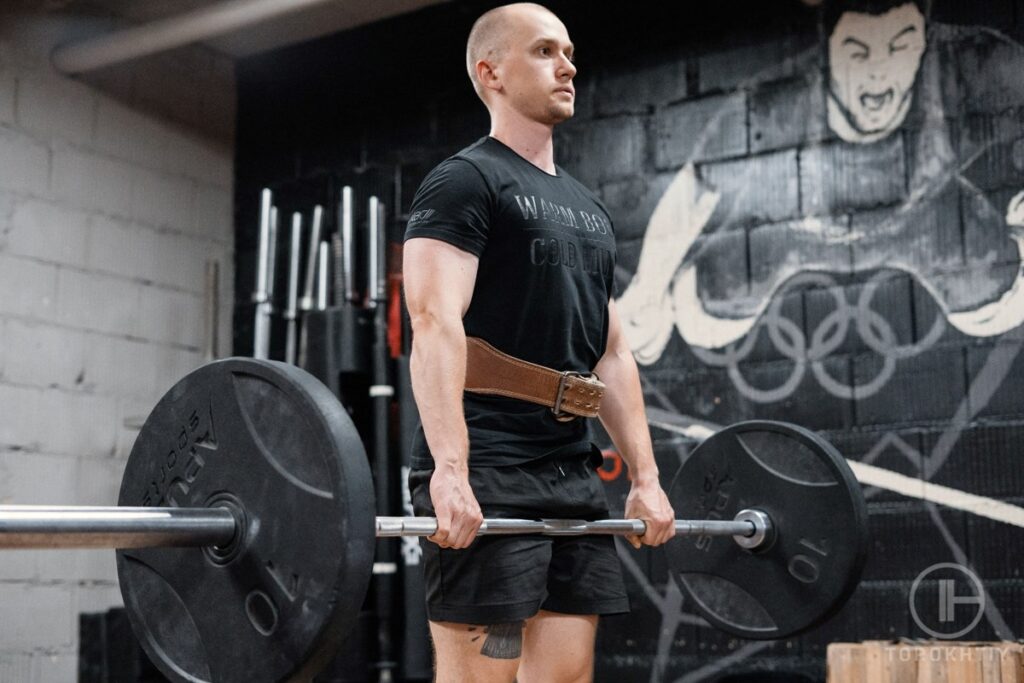
Also, because the 10mm belt is thinner, compared to the 13mm one, it tends to be quite more comfortable – which is always a plus. You don’t want discomfort or shortness of breath hindering you during your lifts.
The materials used in the layering process will be pivotal in determining the overall quality of the lifting belt, since poor-quality materials will reflect negatively across all the categories mentioned below. Naturally, the opposite goes for good-quality/premium materials which will noticeably enhance the belt’s performance.
2. What Is a 13mm Belt?
On the other hand, we have lifting belts that boast a 13mm thickness. They are also built by layering various materials. But instead of layering up to 10mm, more materials are used to get that extra rigidity.
As mentioned earlier, a 13mm belt will (usually) be less comfortable than a 10mm one. Regardless, the drawback is counteracted by providing more support and stability for very heavy lifts.
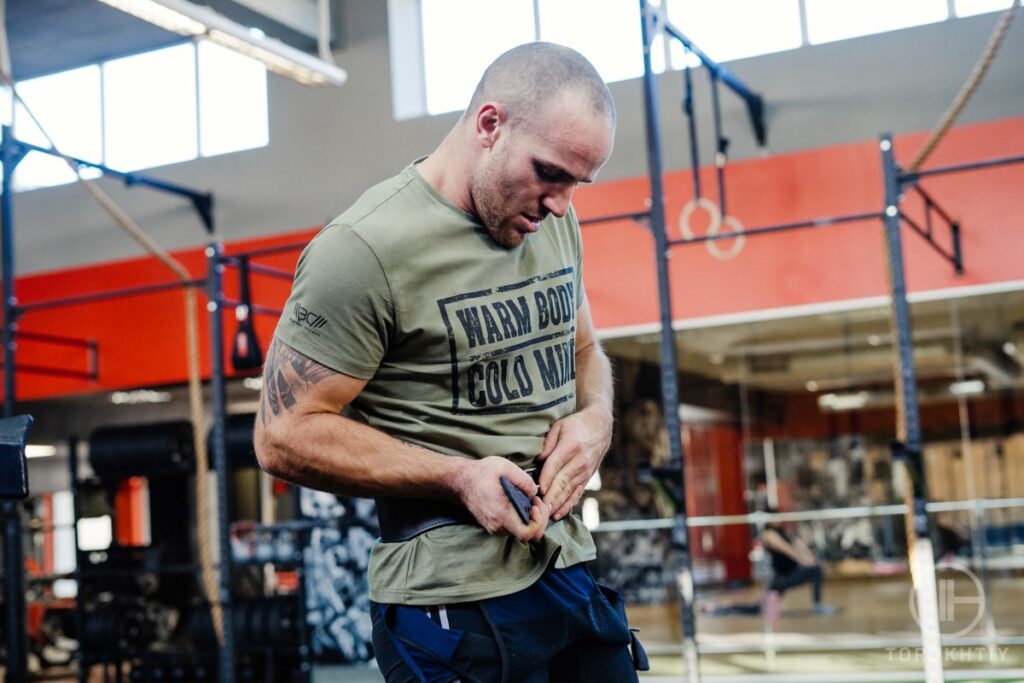
The extra 3mm of thickness will offer even more intra-abdominal pressure. This is crucial for those super-heavy and challenging lifts.
What’s the Difference Between 10mm and 13mm Belts
What’s the difference between 10mm and 13mm belt? Obviously, the difference is 3mm in thickness. But beyond that, what factors are affected by that extra thickness and how?
1. Support/Stability
A thicker (13mm) belt will provide more support than its 10mm counterpart due to the extra thickness in the material. This is why 13mm belts are more beneficial for very heavy lifts. On the other hand, a 10mm belt will sacrifice some of that support for mobility.
2. Comfort/Mobility
Thinner belts (10mm in this example) will be naturally more comfortable as they are not that rigid or stiff. This is what makes them more ideal for more dynamic lifts, as they allow for more mobility while still providing ample support for the lifting movement.
3. Suitability
10mm belts are by far the most popular choice for all lifters across the board. When it comes to powerlifting, a 13mm belt will likely come up as the runner-up as it allows for maximum support during heavy lifts such as squats or deadlifts. But when it comes to Olympic lifters, a 13mm belt will likely be the least-favorite choice as the thickness and rigidity will be quite restrictive in various lifting disciplines.
Subscribe!
The latest reviews of must-have home gym training equipment, apparel, and supplements that will enhance your performance and bring you new results.
10mm Weightlifting Belt Pros/Cons
A 10mm weightlifting belt is great for a wide range of lifting activities/disciplines, from powerlifting to Olympic lifting. This is because they strike the perfect balance of stability and flexibility by providing a desired amount of support while still being comfortable to wear/use.
Comfort is crucial during dynamic movements, or prolonged training sessions. When new, 10mm belts will be much easier to “break” (to get the belt adapted to your body shape).
Because of their versatility, 10mm belts are the most popular and safest choice for beginners, as well as experienced weightlifters regardless of their lifting category.

Pro Tip:
A common mistake beginners make is to rely on the belt too much in terms of support – What you should instead do is to use the belt as a training tool to improve and better your natural bracing technique. Practice by tightening your core against the belt. Never use the weightlifting belt to simply rely on its tightness to do everything for you. Technique beats tools in many scenarios – this is one of those scenarios.
But as we’ve said, the 10mm belts still come with their own set of drawbacks. The most prominent one is the lack of support when compared to a 13mm belt. If you’re looking to break some lifting records, or are aiming for weights that you’re not comfortable with, then a 13mm belt reigns supreme as it provides more intra-abdominal pressure compared to a thinner belt.
Durability is also worth mentioning, as a thicker belt (usually) provides a longer product lifespan. This is ‘usually’ since material quality can also affect durability in a large way. If you care for mobility, at all, most of the time a 10mm belt is what you’ll want.
Our Recommended 10mm Belt – ROGUE ECHO 10mm LIFTING BELT
ROGUE Fitness, a renowned brand in the fitness equipment industry, provides us with their 10mm weight lifting belt – “Echo”.
The Rogue Echo 10mm lifting belt is a very popular and often-used belt in the lifting community. It’s intended for a variety of weightlifting and powerlifting exercises. When you buy it, you get an amazing and impressive blend of support and comfort due to the incredibly stiff genuine leather used to build the product.
The stiff leather used is accompanied by a 10-hole design and a single-prong buckle giving you easy and swift adjustments when required.
The Echo belt measures 4 inches wide and 10mm thick and it is designed to give the lifter a greater range of motion while not sacrificing support. A great piece of lifting equipment that many weightlifters strive for. Regardless of whether you are a beginner, or an advanced athlete. Regardless of your weightlifting preferences – the Rogue Echo belt is a definite recommendation.
Pros
- Easy to adjust due to the single-prong closure system
- Available in a wide-range of sizes
- Premium genuine high-quality leather used
- Stiff but also very flexible once broken-in
Cons
- Break-in period is longer than most other 10mm belts
- Not US-made (if you’re looking for American-made products)
13mm Weightlifting Belt Pros/Cons
We’ve covered 10mm belts and have determined that they’re the most common and most popular choice among lifters. So why is there a 13mm option at all?
The reason behind this is that the extra powerlifting belt thickness creates a more rigid belt that creates more pressure onto the core of the lifter. The extra (safe) pressure allows for maximum support as well as stability. And thanks to that, the athlete is able to lift greater weights safely.
But, if that’s the case, why would anyone even go for a 10mm belt? Why isn’t the 13mm belt the go-to choice? The reason is comfort and mobility. Or the lack of. The extra thickness makes for a much less comfortable piece of equipment.
Especially when it comes to dynamic movements or extended use. If the lift requires flexibility, the 13mm belt will act as an obstacle. This is the reason why most lifters opt for a 10mm belt instead.

Pro Tip:
The extra 3mm of thickness is not just ‘extra support’. The extra rigidity will surely affect your lifting mechanics. Adjust your form and focus on maintaining a natural curvature of the spine. You never want to over-relying on the belt for posture. Always think of a weightlifting belt as a support tool. It is not intended to do the work for you.
13mm belts will also last you longer. More material means less of a chance of the belt wearing out (this part is debatable however, since the materials used and the manufacturing process might affect durability significantly).
And a thicker belt (13mm in this case) will have a much longer break-in period. So you’ll spend quite a bit more time subduing the belt to adjust towards your body and form than you would with a 10mm lifting belt.
Our Recommended 13mm Belt – Iron Bull PRO 13mm 4″ LEVER BELT
Iron Bull Fitness is also a very recognizable brand in the fitness world. Their 13mm lever belt is a safe and quality choice for any athlete opting for durability, safety/stability, and performance (if you want to push yourself to the limit).
The Iron Bull PRO 13mm 4’’ Lever Belt comes with a (as the name suggests) heavy-duty steel lever which provides very noticeable and robust stability during lifts. Adjusting the belt is also very easy to do. So, if you need a quick fix, you won’t lose breath about it.
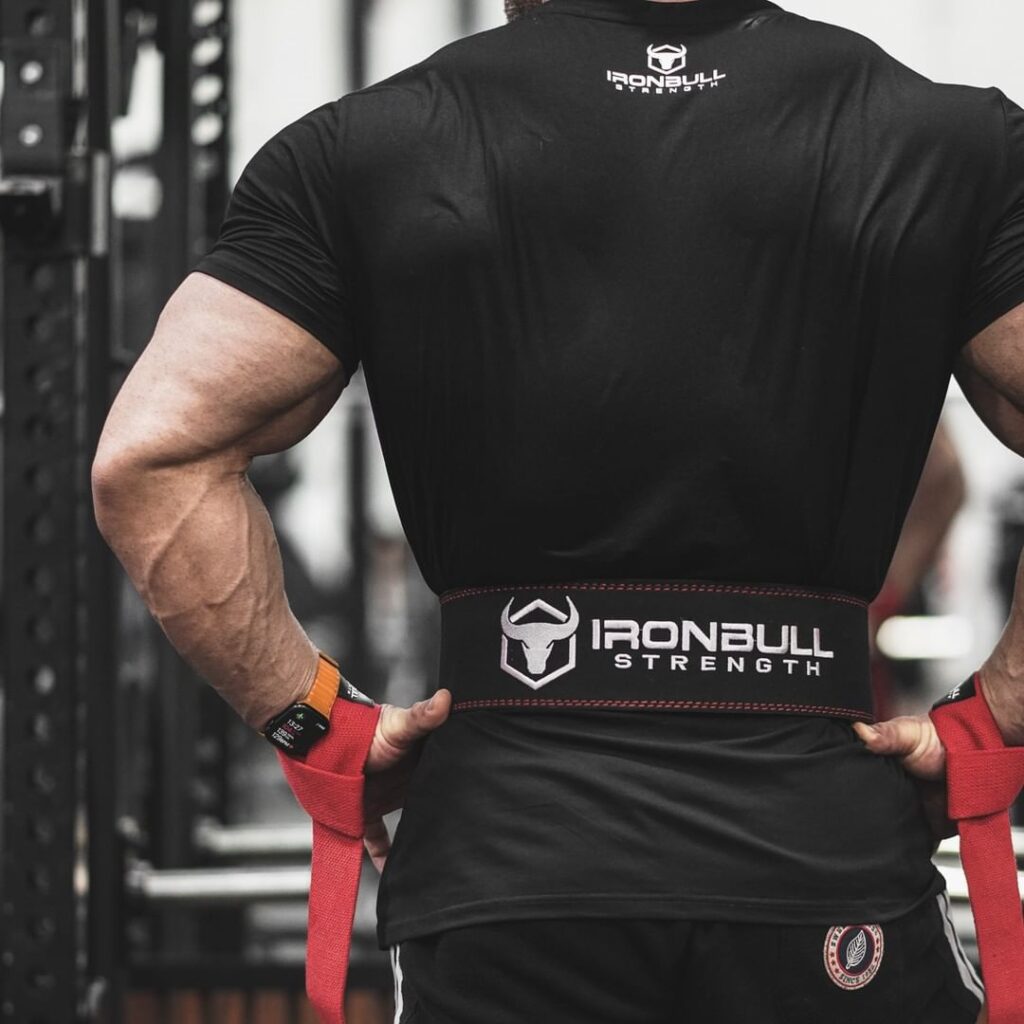
This 13mm belt also comes with interior suede lining, which helps minimize discomfort. And while the effects are not enough to eliminate the discomfort, the extra mile Iron Bull went with still counts; and it sets this 13mm weightlifting belt towering above its competitors.
If you’re looking for a 13mm belt and are unsure of which one to go for, this is an amazing choice that you won’t regret investing your hard-earned money into.
Pros
- Interior suede layer for extra comfort
- Heavy-duty, easily adjustable & sturdy lever
- Comes in a huge range of fits and sizes
Cons
- Requires a substantial time to break-in
- You might find a lever system awkward if you’re used to standard prong/hole belts
Our Recommendation if You’re Looking for a Slimmer Belt – Warm Body Cold Mind Leather Weightlifting Belt (6mm)
This WBCM Leather Belt is a 6mm model. While brands such as Rogue and Titan Fitness stand tall as the top choice for most athletes, there are brands (such as Warm Body Cold Mind) that are built and tailor-made specifically for their users by experts. In the case of WBCM, it is a fitness brand, built for fitness enthusiasts, built by an Olympian.
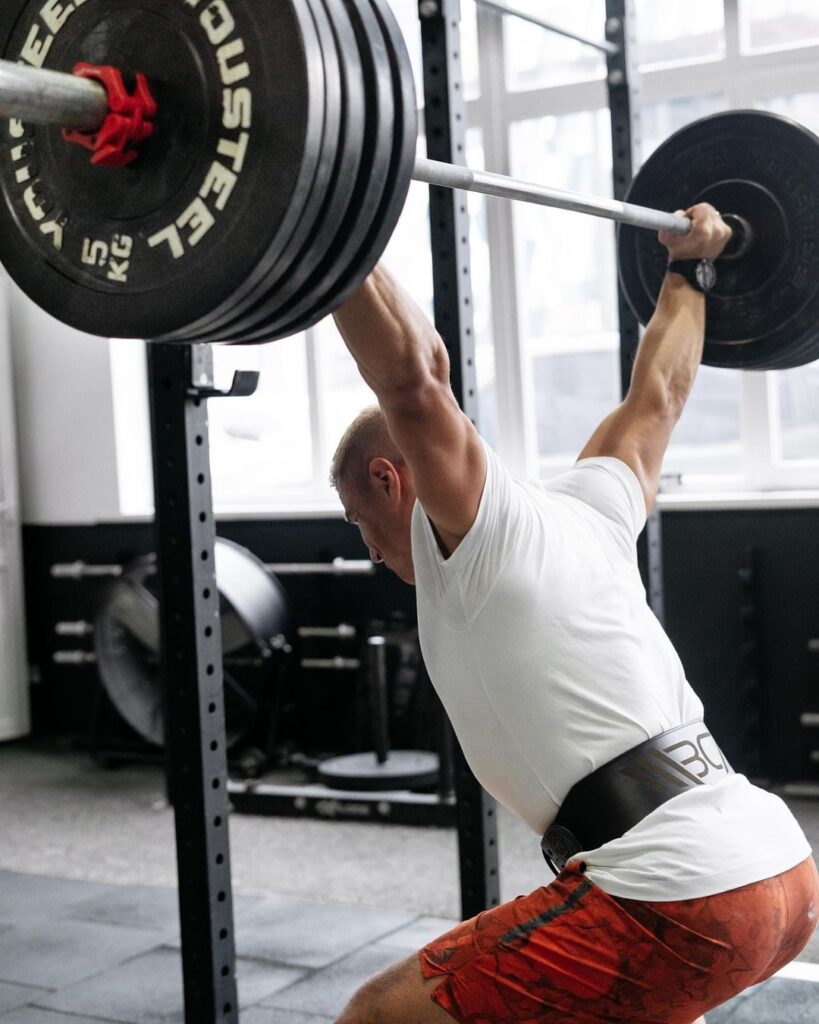
The WBCM 6mm 4’’ Leather Belt was built to accommodate both people starting in weightlifting, all the way to Olympic competitors. It comes with a fortified double roller stainless steel buckle. The belt is made from A-grade premium leather. The belt also boasts quality stitching, which helps increase product longevity, as well as enhance product durability.
If you want maximum flexibility, while not sacrificing in the support/stability department too much, the Warm Body Cold Mind 6mm Belt is an extremely good choice.
Pros
- Grade-A leather used ensuring premium looks and feel
- The buckle is fortified with 4 strengthened bolts ensuring there is no wobbling and that the buckle stays in place over the product’s lifetime
- 4’’ width strikes a good balance to counteract the drawbacks of a thinner belt
- Short break-in period
Cons
- This belt might cost more than similar products due to higher quality
- Comes only in one color (black)
Should You Get a 10mm or 13mm Belt?
In order to make this choice correctly, you’ll need to ask yourself the following questions:
1) Will I be performing lifts that require dynamic movements?
2) Am I planning on lifting very heavy compared to my usual lifting weight?
These two are the most important questions in order to get a clear picture on the matter.
A 10mm belt will be best for more explosive and more dynamic lifts. This thickness is the golden ratio when it comes to support and flexibility. So almost any lifter would benefit from using a 10mm belt. This includes both beginners and seasoned lifters.
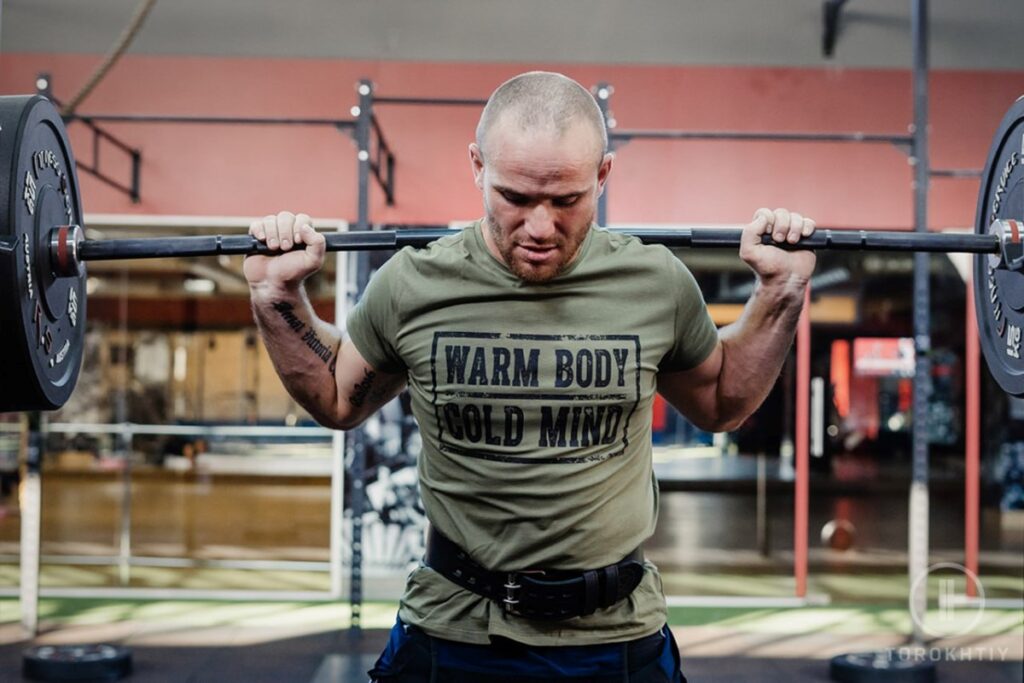
On the other side of the coin (at least in this article), we have the 13mm lifting belt. These are really best for powerlifting. The extra thickness in this belt gives the lifters max stability and support by sacrificing comfort and mobility. So if you’re planning on doing static lifts, lifting very heavy or are lacking confidence – you’re likely going to find a suitable companion in a 13mm powerlifting belt.
| ASPECT | 10mm | 13mm |
| Lifting Style | All types of weightlifting | Heavy powerlifting |
| Lifting Type | Dynamic lifts, regular lifts | Very heavy squats, deadlifts, static lifts |
| Support | Balances support/flexibility | Maximum support and stability |
| Comfort | More comfortable, more mobility | Less comfortable, rigid |
| Suitability by Level | Beginners to advanced | Advanced heavy lifters |
| Break-in Period | Shorter time to adapt | Longer time to confirm |
But beyond all these tips and suggestions. The best way to really find out which one works best for you is to try out both for a prolonged time period. This way you can get a surefire way of knowing which one confirms best for your body and your lifting goals.
10mm or 13mm belt? Keep in mind that we’re all different, and thus different things work differently for each and every one of us.
FAQ
How Thick Should My Lifting Belt Be?
The thickness of your lifting belt should be in alignment with your lifting goals and your lifting experience. Choose 10mm for general weightlifting and dynamic exercises, and go for a 13mm belt when doing powerlifting or more advanced lifts. But if in doubt (or if you’re lacking experience), go for the 10mm belt.
How Do You Break in a 13mm Belt?
Wear the belt often, use conditioners/lotions on the leather, and have patience. 13mm belts take longer to confirm to your body than 10mm do. A great tip is also rolling the belt in all directions (gently) as this will help soften the leather without damaging it.
Is a 7mm Belt Good?
A 7mm belt can be a great choice for those looking to balance out support and flexibility, but are leaning more towards flexibility (needed in dynamic movements). A 7mm belt is less common, so the options might be limited, which can in turn affect product quality. Research the product/brand thoroughly before purchasing.
Conclusion
So, there we have it! Hopefully, after reading all of the above, the 13mm vs 10mm belt debate has been put to rest. To sum it all up, choose a 13mm belt if you’re planning to do some serious powerlifting, and for everything else – go with a 10mm belt.
And with that in mind, we’d like to know your thoughts on this matter. Are you team 10mm or team 13mm? Regardless of your affiliations, we’d like to know your thoughts and viewpoints.
Feel free to share any thoughts, suggestions, questions and ideas that you might have on the matter as we strive not only to share our accumulated years of experience to teach, but are also eager to learn more! Hit the comments section below and we hope you leave with fewer questions than you came with.
Happy lifting!
References:
- E A Harman, R M Rosenstein, P N Frykman, G A Nigro, “Effects of a belt on intra-abdominal pressure during weight lifting”, Med Sci Sports Exerc. 1989 Apr;21(2):186-90., PubMed, https://pubmed.ncbi.nlm.nih.gov/2709981/ (accessed November 30, 2023)
- N D Bourne, T Reilly, “Effect of a weightlifting belt on spinal shrinkage”, Br J Sports Med. 1991 Dec; 25(4): 209–212., PubMed, https://www.ncbi.nlm.nih.gov/pmc/articles/PMC1479027/ (accessed November 30, 2023)
- Gregory J. Renfro, William P Ebben, “A Review of the Use of Lifting Belts”, February 2006Strength & Conditioning Journal 28(1), Research Gate, https://www.researchgate.net/publication/232184433_A_Review_of_the_Use_of_Lifting_Belts (accessed November 30, 2023)
- J E Lander, J R Hundley, R L Simonton, “The effectiveness of weight-belts during multiple repetitions of the squat exercise”, Med Sci Sports Exerc. 1992 May;24(5):603-9., PubMed, https://pubmed.ncbi.nlm.nih.gov/1533266/ (accessed November 30, 2023)
- A J Zink, W C Whiting, W J Vincent, A J McLaine, “The effects of a weight belt on trunk and leg muscle activity and joint kinematics during the squat exercise”, J Strength Cond Res. 2001 May;15(2):235-40., PubMed, https://pubmed.ncbi.nlm.nih.gov/11710410/ (accessed November 30, 2023)
Author: Sergii Putsov
PhD in Sport Science, Olympic weightlifting, Strength & Conditioning coach and fitness expert
Sergii Putsov is a professional weightlifter with over 20 years of experience and multiple national medals. He was a member of the National weightlifting team, competing in the 94 kg weight class. Sergii holds a master’s degree in Olympic & Professional Sport Training and a Ph.D. in Sport Science. After his athletic career, Sergii transitioned into coaching and is now responsible for designing training programs, writing blog articles, providing live commentary for international weightlifting competitions, and hosting sport and fitness seminars worldwide.

